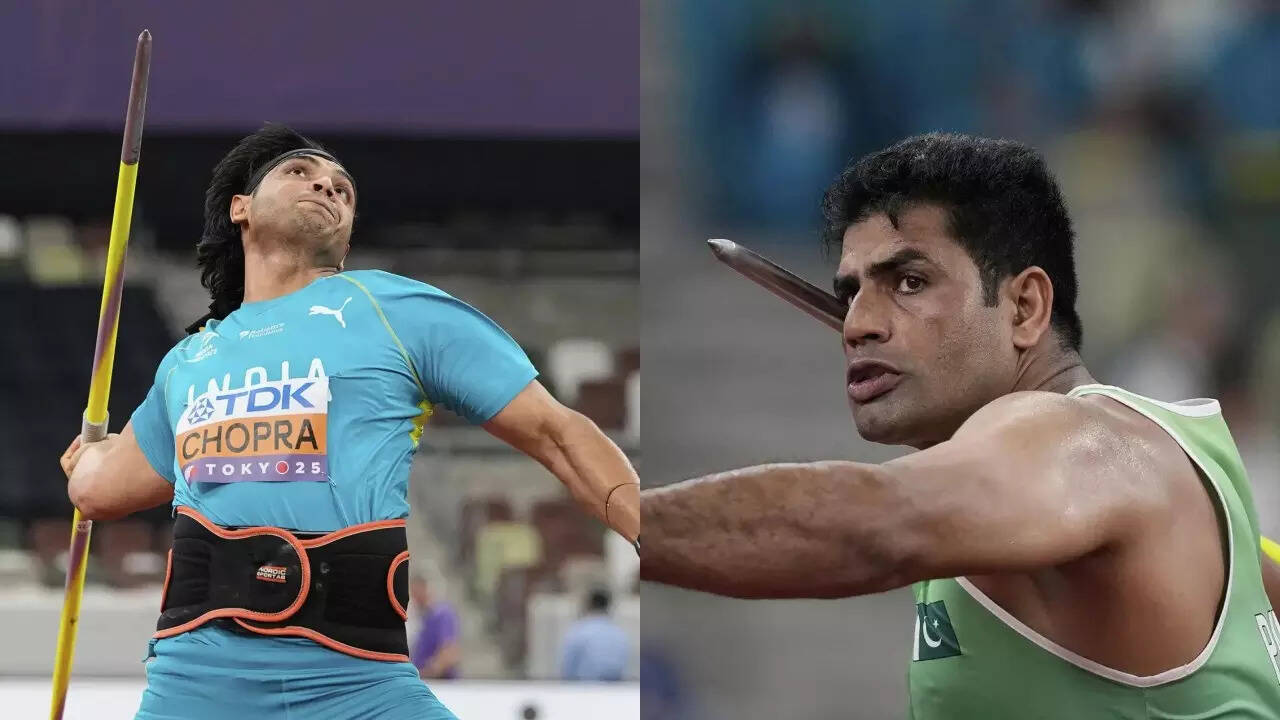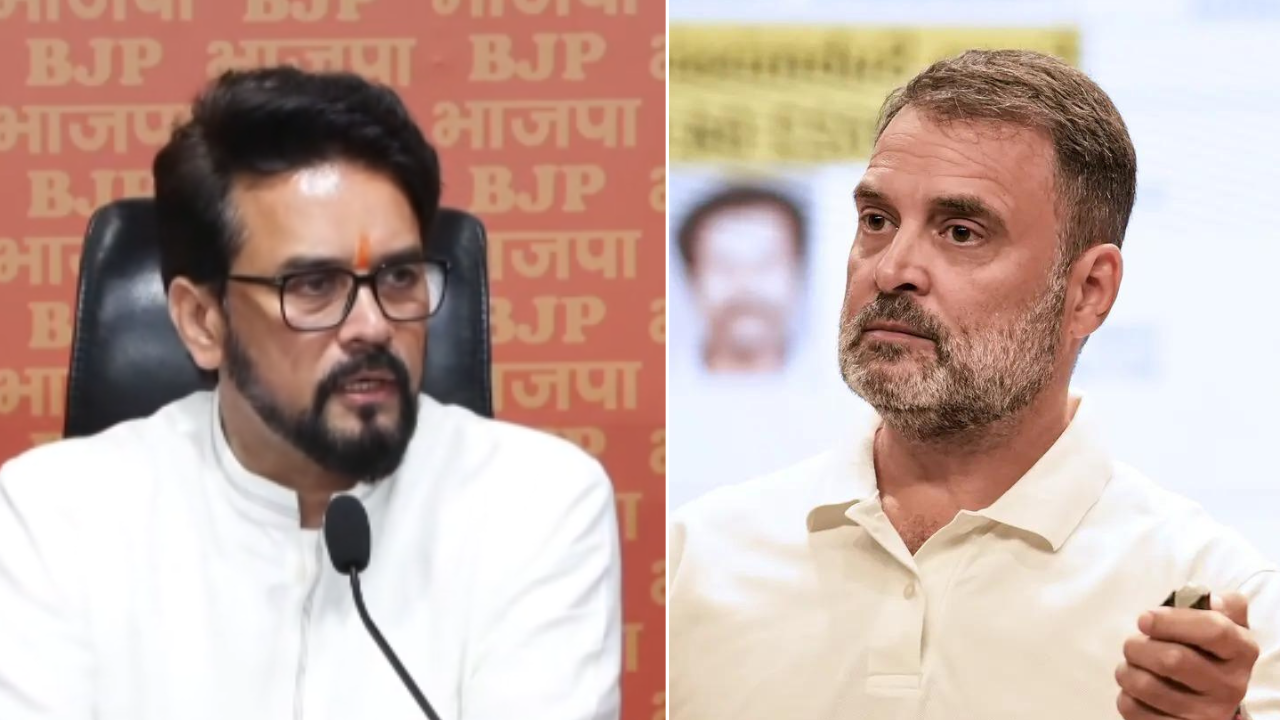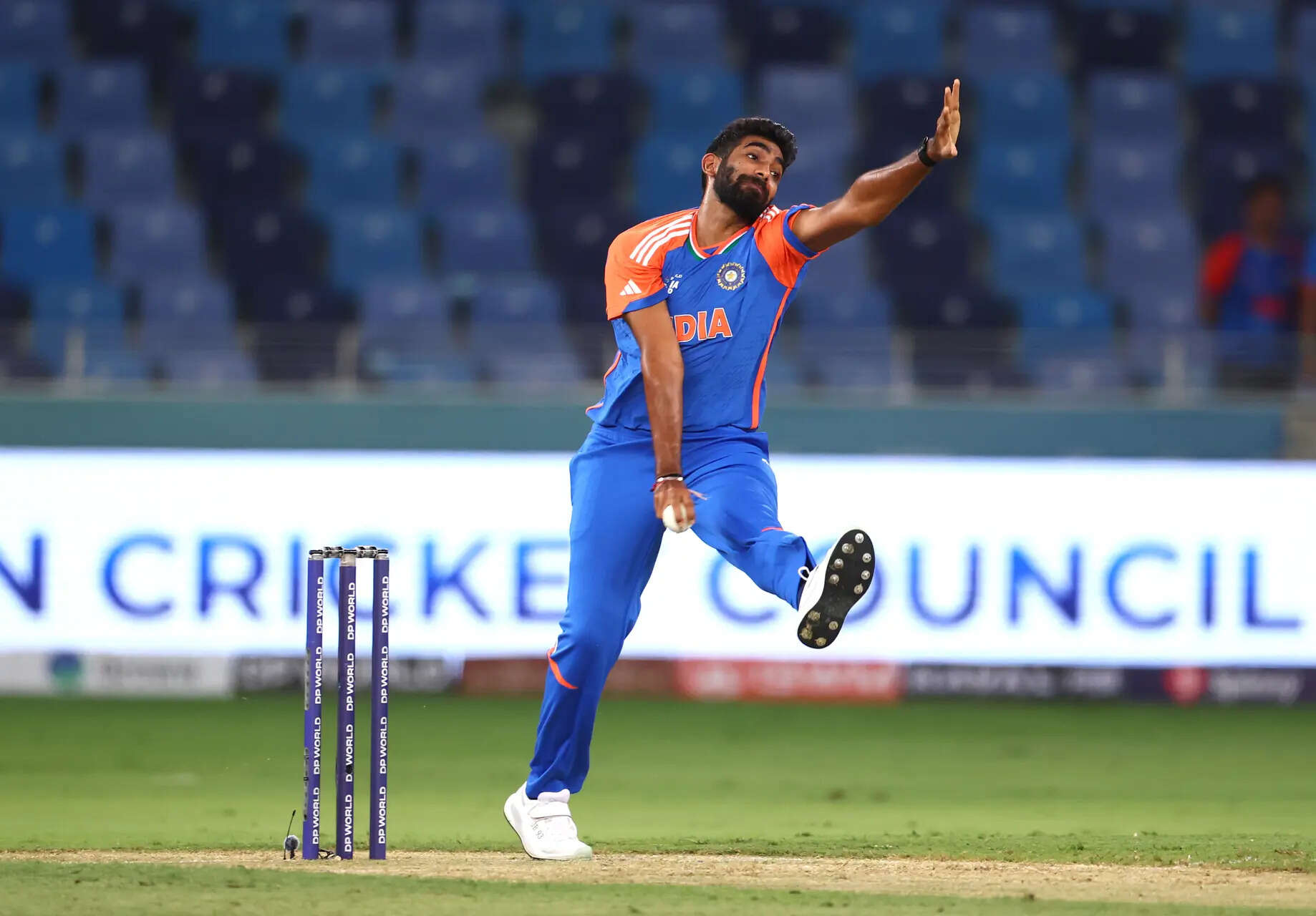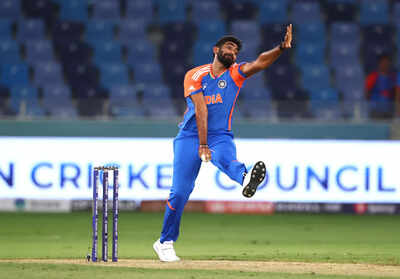India have opted to use their talismanic pacer for three overs in the powerplay in search of early scalps, leaving skipper Suryakumar with weaker options at the death. It’s a gamble the team is willing to take…DUBAI: The Indian team was engaged in a lengthy training session on a hot and humid Tuesday night. Over three hours of nets saw strength and conditioning coach Adrian le Roux put several players through the now famous Bronco run.Go Beyond The Boundary with our YouTube channel. SUBSCRIBE NOW!Rinku Singh, Axar Patel, Tilak Varma and Jitesh Sharma stripped down to their training shorts while completing the 60-metre sprints. Jasprit Bumrah, after wrapping up a few fielding drills with coach T Dilip, turned up in the nets to bowl at Sanju Samson.With India set to face Oman in their last Group ‘A’ clash of the Asia Cup, it is likely that Bumrah will be rested before the Super Four phase begins. But the fast bowler, as always, went through his paces with a halfsmile, looking far more at ease than he did during the grind of Australia and England tours, where he often appeared overworked.Unlike in the longer formats, India’s depth in T20 cricket gives him the luxury of breathing space. His four overs are used like aces up the sleeve — deployed strategically to blunt the opposition.The shrewd tactician that he is, Rohit Sharma’s T20 blueprint for Bumrah revolved around adaptability — preserving his impact for high-pressure moments, balancing his overs between the powerplay and the death, and taking calculated risks based on match context.
Typically, Rohit would unleash Bumrah for one or two overs with the new ball to attack opposition openers and create early pressure, before holding him back for one or two overs at the death to shut out games. But under coach Gautam Gambhir and captain Suryakumar Yadav, that script has been rewritten. Bumrah is now bowling three overs upfront, with just one left for the endgame.So far, the gamble has paid off — India blew away UAE and Pakistan with early strikes — but it carries obvious risk. Without a second specialist death bowler, India remains vulnerable in the closing overs. With death-over specialist Arshdeep Singh left out and the three frontline spinners tasked with handling the middle overs, the margin for error is wafer-thin. One bad over at the back end could mean a 20-run finish — a risk India will have to accept until someone nails that second finisher role.This tactical tweak, therefore, is as much about future-proofing as it is about immediate results. By bowling Bumrah in the powerplay, India is forcing Hardik Pandya and Shivam Dube to shoulder the toughest overs at the death — exposure that could prove invaluable when the T20 World Cup rolls around.Against Pakistan, however, the plan nearly backfired. Pandya was taken apart for 16 runs in the final over, as Shaheen Shah Afridi — a bowler by trade — smashed him for two sixes and swung momentum back towards Pakistan. Afridi, hammered 33 off 16 balls. Against a proper lower-order hitter, India could well have struggled to control the game.“We’ve (mostly) bowled him two overs in the powerplay; he’s not bowled three in the powerplay (recently),” Surya said after the match against Pakistan. “We’re very happy using him as an attacking option. If he picks up two wickets — even if it’s just a tight three-over spell — it gives a cushion for our spinners to take over and make the job easier for them.”Flexibility remains the team’s byword. Surya insists the plan is not set in stone and could be tweaked based on conditions, opposition, and match situation. “He’s very happy with it (bowling three upfront),” Surya said.“Some days he may bowl only two, but at least the management and I want to use him as an attacking weapon. That gives a good platform for someone like Hardik or Dube to raise their hand and deliver in crucial overs.”Whether this approach can withstand the firepower of teams like England or Australia — who feast on medium pace at the death — is the big question. For now, India appear ready to double down on their powerplay-first mantra, gambling that early wickets remain the best death-bowling insurance money can buy.













